Many have been wondering if there should be a gap between basement wall and framing; well, the basement is as important as any other part of your building. In fact, the basement happens to be one of the engine rooms for your house because of its numerous advantages that cannot be overemphasized.
Therefore, the floor and framings of your basement are like brothers and sisters, and cannot be separated.
Sometimes, most people make mistakes at this part while working in their basement. This article would help guide you on certain things to know while building your basement and how to avoid those mistakes to enable you to enjoy your home.
Table of Contents
Should There Be a Gap Between the Basement Wall and Framing?
There should be a gap measuring up to 4 inches between the basement walls and framing while building your basement; To achieve this, ensure that your wall studs are not connected to the foundation walls of the basement which will help you prevent moisture from building itself on the studs and cause damage at the later end.
Since you also know that the foundation is always humid, once you connect it with the studs that are made of lumber and other forms of framing, moisture would directly come from the foundation and affect the stud, thereby causing a whole lot of damage for your building and basement as a whole.
It is advised to leave a gap measuring up to 4 inches between the Basement wall and the framing; this would ensure that nothing comes in between the basement wall and the framing.
You should also bear in mind to use good form of vapor barrier and insulation for your basement wall to help you enjoy your home and your basement. With this entire process well in place, you are sure of having more comfort and fun in your house.
Importance of Leaving a Gap between Wall and Framing
It is very important to leave a gap between the wall and the framing of your basement. It will help you achieve the following:
Avoid Moisture
This is one of the importance of leaving a gap between the wall and framings in your basement. When this is done, there would be no way moisture can find its way into the studs used in the basement. The gap would always be the barrier against moisture in between the walls and framings of your basement.
Avoid Water Leakage
You should also bear in mind that a good vapor barrier is required for your basement, once you use a good vapor barrier like plastic to frame your basement, unlike other forms of a vapor barrier, all forms of water leakage that may come as a result of the gap between the floor and the framing would be easily trapped and would not be able to pass into any part of your basement or find its way into the building
Helps Control Temperature
Once the house and basement are well insulated, then you need not worry about any form of issue that would come as a result of the presence of the gap that is between the wall and framings of your basement.
All these are some importance of leaving a gap between the basement wall and framing in your house.
How Do I Fill the Gap Between Concrete Floor and Wall?
Sealing or filling the gap between the concrete floor and wall in your basement is as important as anything you could think of and want to be done for you to enjoy your home.
However, there are things you should not do and there are types of materials you should not think of using while trying to carry out this task.
The gap between the concrete floor and the wall at times is cracked and the challenge to some people is what to do and sort it out.
You would notice that water can come out from the gaps between these two and it would cause a big problem if not well controlled.
Here I am going to show you what you should not use for filling this gap and what you can use to fill in the gap between the concrete floor and the wall.
Do Not Use Waterproofing Method
The waterproofing method is good because it can easily trap water and stop it from flowing into other parts of the building through the basement, but what you should also consider is the pressure of the water that may be seen in these places you are trying to secure with this waterproof method.
In cases where the water comes with a bigger force that the waterproof would not be able to withstand, it may cause big havoc because the water would easily find its way to all the places you are already avoiding them from going into.
Use Drain Tile
Drain tiles is a type of sub-surface drain that is used below the floor of the basement, and this stops hydrostatic pressure and would help the ground from bringing out water at any time. This material is made up of some perforated flexible plastic pipe and they are always buried below the bed of the washed gravel.
Here, there is something called interior drain tiles, they are used on the inside footings of the basement and are well connected to the sump pit. It will help channel any water coming out of the basement to go directly to the sump pit and not otherwise.
Moreover, you will need the advice of professionals and also hire professionals to carry out this particular project as it does not fall into the do-it-yourself (DIY) method.
Things to Avoid When Finishing Your Basement
Basements are very good for a house and at the same time, there are certain things you must do when building your basement to avoid crying had I known at the end or regret ever having a basement at home.
That is why it is very expedient to contact good structural engineers or house engineers before doing your basement and hire professionals while doing so as well.
Here are the things to avoid when finishing a basement:
1. Do Not Use Bad Lumber
Studs are very important for every basement and can be achieved by the use of lumber woods and other materials.
However, while finishing your basement, do not make the mistake of using bad lumber for studs, this would ruin the entire efforts and energy that was put on the project and a waste of money as well.
It is important to seek help and good recommendations from your engineers and know the type of lumbers that would be used for framing and for your drywall as well; as it will help bring out the beauty of the basement and make it more strong to last longer than when you use bad lumbers.
2. Do Not Use Any Form of Untreated Wood
The surfaces of your basement is very important because every part of the basement has what they contribute to making the home good and comfortable for both the house owners and visitors that normally come around the house.
Using untreated woods will be a welcome party for moisture. It will cause much havoc for you in the house, which neither you nor anyone around the house would be happy about.
Ensure that all untreated woods are kept away from all the concrete surfaces in the basement because moisture as well can come in through the slab into the concrete wall and come in contact with the wall plates and live comfortably, it is better to go for treated woods and avoid untreated woods any time.
3. Do Not Connect Your Wall Studs to the Foundation Wall
If you make the mistake of connecting the foundation wall to the wall studs it will cause a very big challenge for you.
Bear in mind that the coldness in the foundation wall of a basement would easily give room for humid air into the wall which will also cause big condensation on all the surfaces of your building. It will end up causing damages and easily allow moisture to build in through the lumbers in the basement.
It is important to leave a gap between the foundation wall and the wall studs while doing your basement.
4. Use good Vapor Barriers
Vapor barriers are very good for the control of liquid and other gaseous substances in and around your basements and all other parts of the building.
Plastic vapor barriers in most cases would be the best for your basement vapor barrier because of the type of materials used on them.
Due to the fact that the basement is a humid area and the area it is located in the house, plastic vapor barriers would help in trapping all forms of moisture inside and would not allow them to get into the basement to cause any form of damage in your basement.
5. Use Good Insulation at the Band Joist
The woods used at the outside perimeter of your floor framing in the basement are majorly known as band joists.
You must ensure that you have good insulation for this part of your basement for certain reasons.
In the case of the band joist that is seen on top of the walls of the basement, it is more advisable to use fiberglass insulation batts or foam insulation to get them covered.
This would definitely help in giving all these parts of the basement good insulation at any point in time.
6. Ensure All Cracked Wall are Covered
Leaving your cracked wall uncovered while constructing your basement would be one of the worst mistakes to make in your house. Ensure this part of the building is well repaired and any form of water leakage well repaired as well.
This cracking if neglected would go all through the foundation into the walls and times would find its way to all other sensitive parts of the basement and cause damage and a times building collapse.
Even if you use the waterproofing method to control the flow of water and other vapors around the basement as a result of the cracks in the walls, it can still cause greater havoc if peradventure the waterproofing breaks.
That is why it is very good to repair all forms of cracked walls before finishing your basement.
Conclusion
With the help of professional structural and building engineers, you would definitely achieve having a good basement and avoid any form of havoc or damage that may come from the basement floor or basement framing. It is important to note that this is not a do-it-yourself type of work. Seek professional advice while doing this.

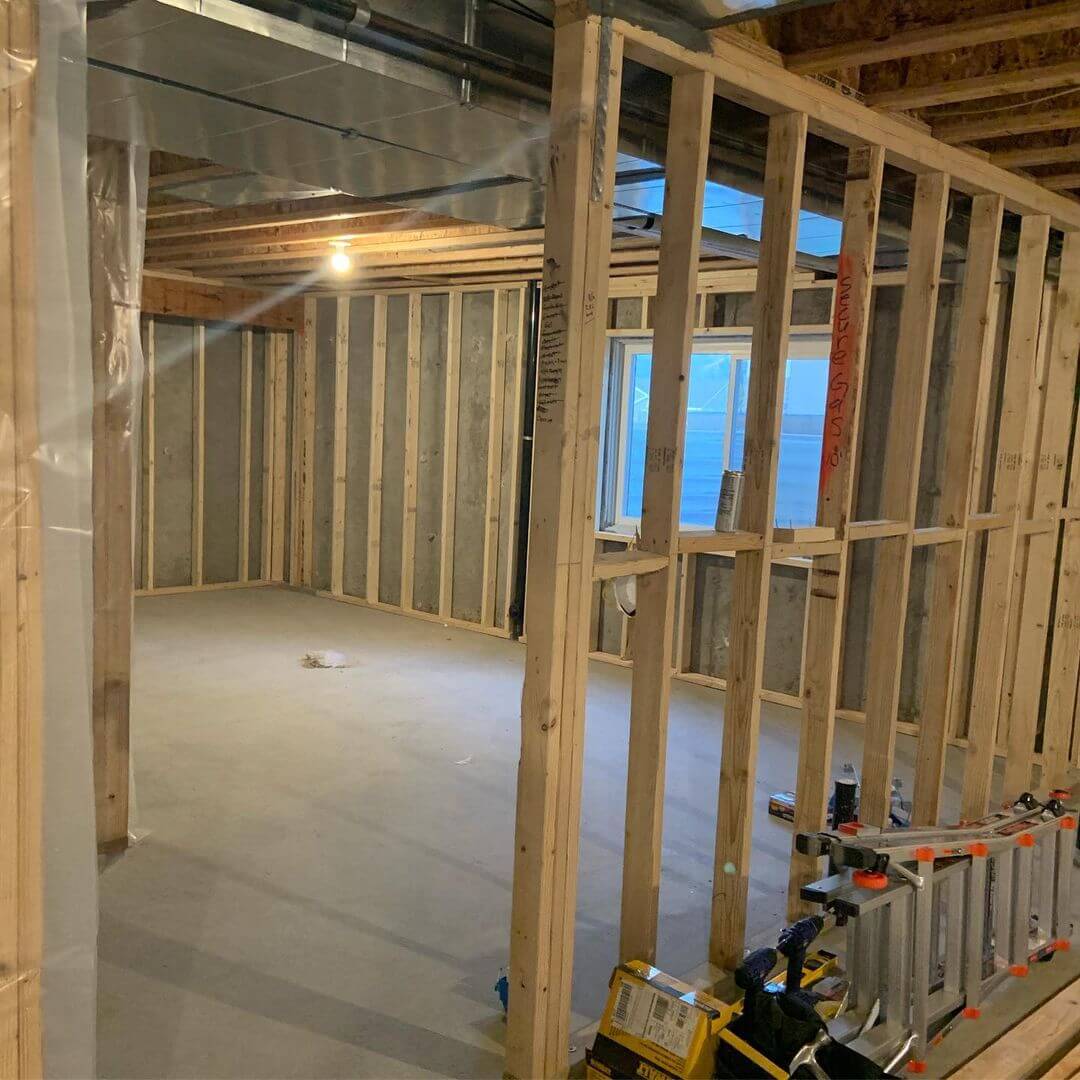
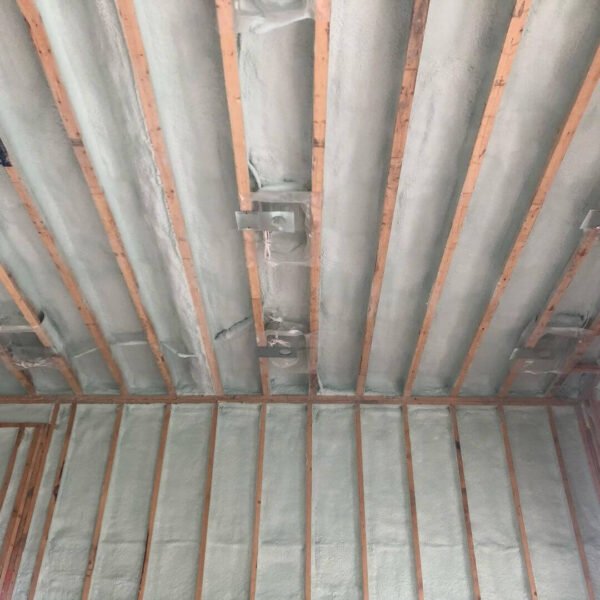
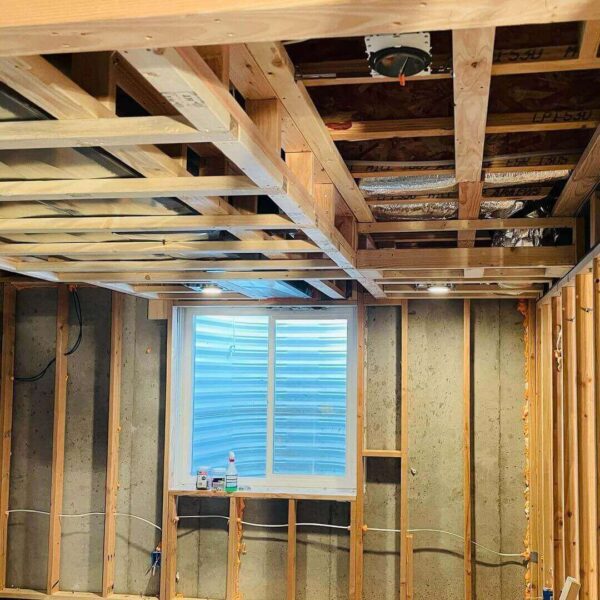
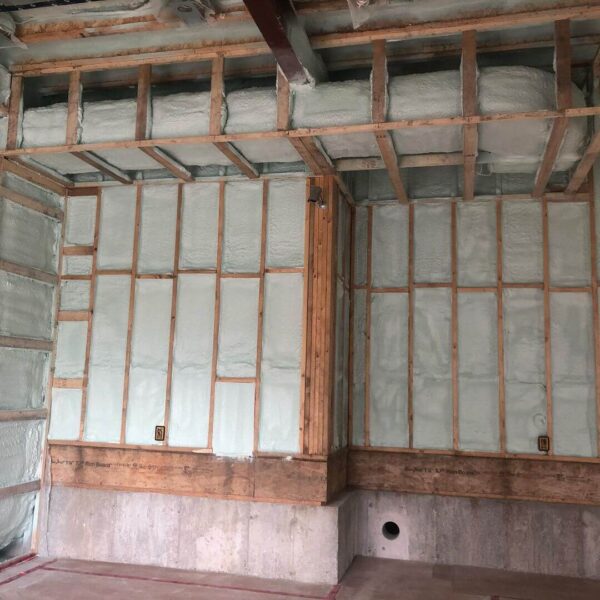
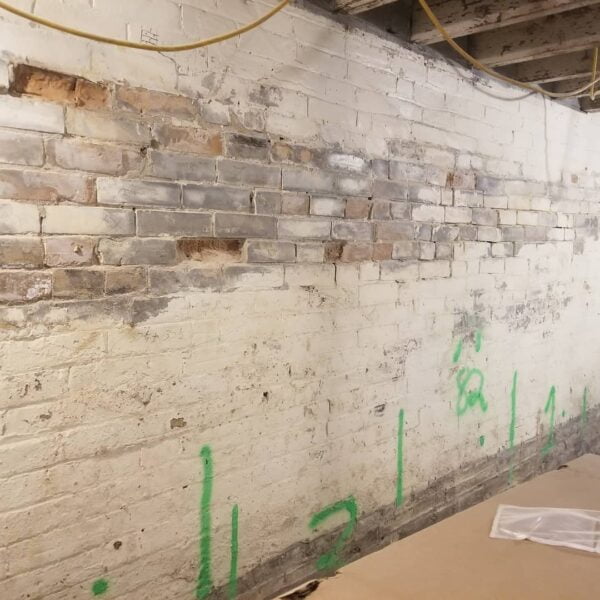
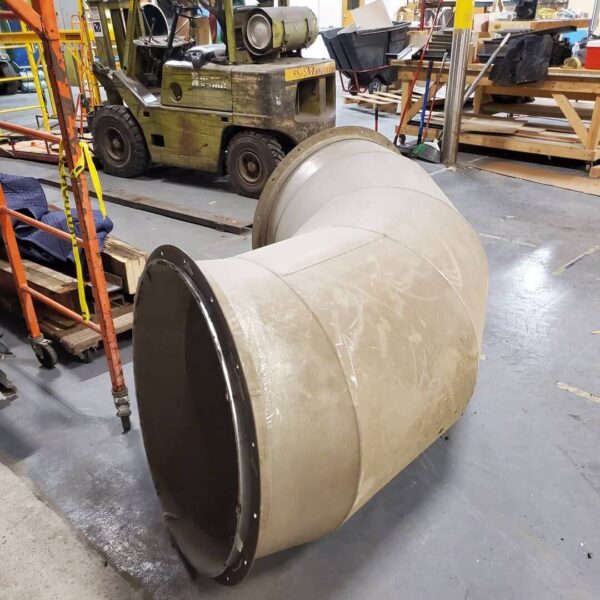
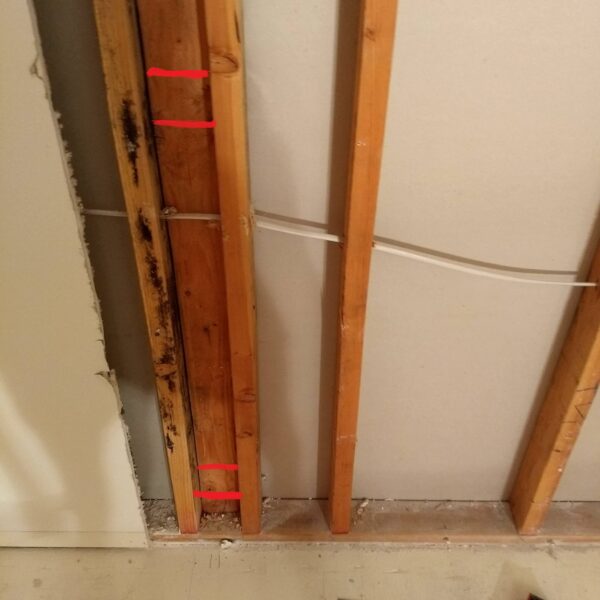
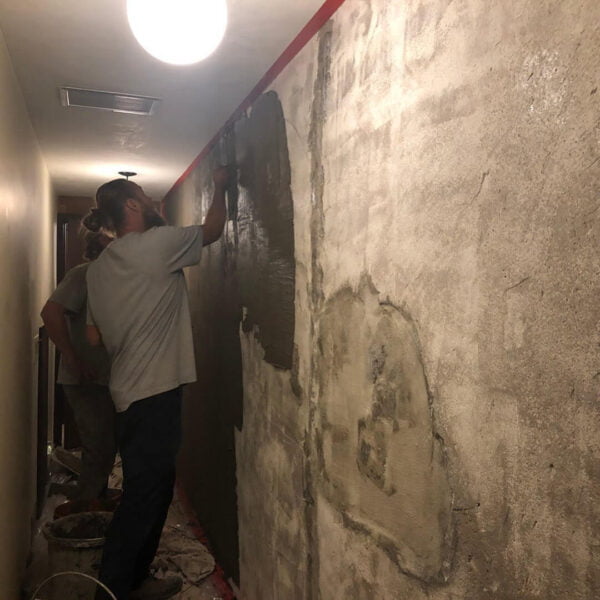
Leave a Comment